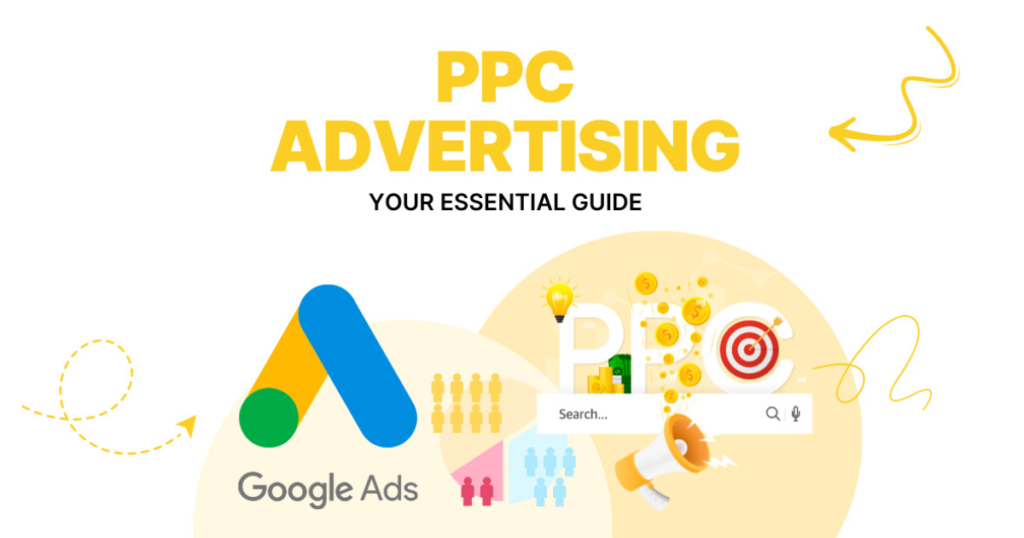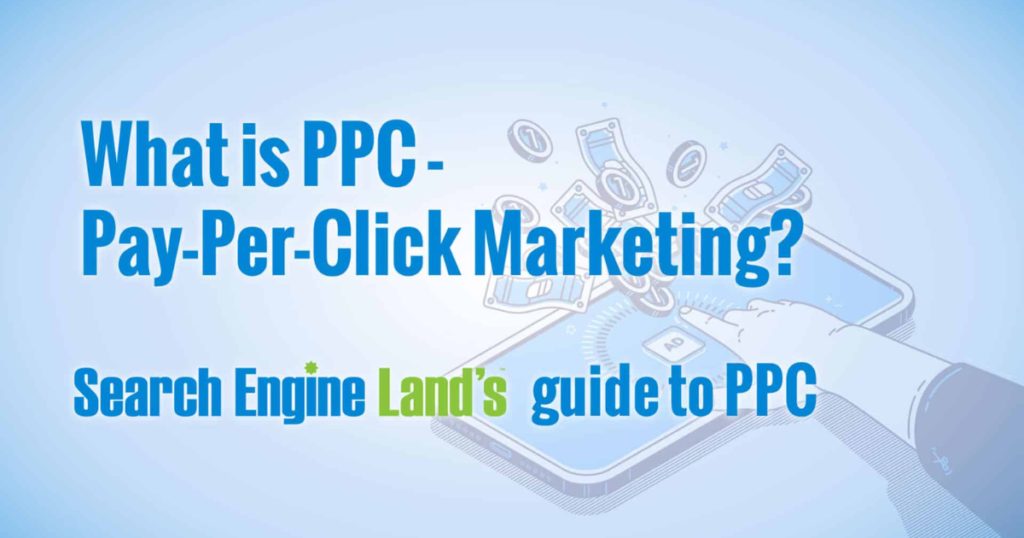
What PPC is and why it works
Pay per click (PPC) is an easy but potent method that you use to advertise your business over the internet—you pay when somebody clicks on your advertisement. This gives it the economic convenience and results that are measurable. PPC enables you to target individuals searching the internet already specifically seeking products/services similar to yours (this includes Google, Facebook, YouTube, and Amazon). This means that when someone is searching, say, sushi in New York, your restaurant ad might pop up at the very top of the page—assuming your advertisement is relevant to the search and that you bid high.

The way PPC campaigns are run
PPC utilizes a rapid ad auction as a person searches on the web. Platforms such as Google determine which advertisements you should see depending upon your bid (how much you are willing to pay per click), the quality of your advertisement, and additional information such as phone number or location. The improved quality of ads may lead to lower-priced clicks as a result of Google’s Quality Score system. To be more effective, it is a good idea to organize your campaign into what is known as ad groups, which consist of related keywords and ads. Ads served by PPC come in many forms, including search ads, display ads, shopping ads, Gmail ads, and video ads, and you can target individuals depending on their location, interests, or previous searches.
Bootstrapping PPC rising income experiments
PPC works quickly, flexibly, and trackably. Tools such as Google Ads and Analytics allow you to check which specific ads are performing and customize your budget at any time. Whereas SEO creates a long-term traffic source, PPC immediately increases visibility and enables smaller companies to compete with large ones even when they do not have a large budget available. Try small experiments, scale up when you see success. PPC allows you to reach your target audience in modern and highly effective ways, whether your objective is to sell a product, promote a service, or achieve brand awareness.
What is PPC (Pay-Per-Click) advertising?
PPC Marketing Explained: How Pay-Per-Click Works and Why It Delivers Fast Results: Pay-Per-Click, also known as PPC, displays online advertisements in a way that you only pay when someone clicks on them. You don’t pay just to show the ad—only when someone actually clicks on it. This enables you to boost website visitors while saving money. One typical example is Google Ads. Your advertisement may show up when someone searches for a term like “Google Shopping Help.” You pay a modest amount if they click. People select words and the amount they wish to pay for each click in PPC, which functions similarly to a mini auction. If your ad is good and your price is fair, your ad can show in a better spot. PPC is also called CPC (Cost-Per-Click), and you can use it on Google, Facebook, Instagram, TikTok, and even blogs. Some bloggers also earn money by showing these ads. In simple terms, PPC is an easier method to drive traffic to your website without paying anything unless there is genuine interest.

Basic definition of PPC (Pay-Per-Click) marketing
PPC or Pay-per-Click is a form of internet advertising in which you simply pay when someone clicks on your advertisement. It is a fast technique for attracting people to your site without having to wait until they stumble upon it naturally. It is aimed at people who are likely to buy something, sign up, or get in touch with you.

Search ads—such as those found on Google—are the most common variety of PPC. You select keywords (the words people search for), and your advertisement may appear at the top of the search page. You only pay when your advertisement is clicked. This helps your ad reach the right people at the right time.
PPC is not only about Google. You can also place advertisements on Facebook, Instagram, YouTube, LinkedIn, TikTok, and websites. On these platforms, you can reach targeted customers since they allow ads to be shown based on age, location, interests, and more.
To ensure a PPC advertisement is in place, you:
- Choose your niche or audience
- Decide the highest amount you are willing to bid on each click
- Create the advertisement in text, image, or video form
The opportunities of PPC apply to various businesses such as online stores, schools, and healthcare. You can manage how much you pay and know which ads are most effective. It’s an excellent and economical way to gain genuine leads and grow your business quickly because you’re only charged for clicks.
SEM, PPC, SEO made simple
The term Search Engine Marketing (SEM) has a broad definition, which incorporates both paid and unpaid methods of improving visibility in search engines like Google or Bing. It combines two strategies: Pay-Per-Click (PPC) advertising and Search Engine Optimization (SEO).

- PPC is a paid strategy where you are charged whenever someone clicks your ad. These ads may appear not only on search engines but also on social networks such as Facebook, Instagram, YouTube, and websites. PPC is great for immediate results, but it only works as long as your budget does.
- SEO is a free strategy that focuses on improving your web page so it appears at the top of results naturally. While SEO takes longer, it delivers long-term traffic without ongoing payments.
The key difference: PPC is short-term and responsive; SEO is long-term and sustainable. SEM combines both, giving you the instant success of PPC and the steady benefits of SEO. To make SEM work, you need to budget wisely, select the right keywords, and track performance.
Quick recap
What is PPC?
Online ads where you’re only charged when someone clicks on your ad.
Why use PPC?
It delivers fast, measurable results while allowing budget control.
PPC vs SEO?
PPC is paid and fast; SEO is free but slower and long-term.
Where PPC ads appear?
Google, Bing, Facebook, Instagram, TikTok, LinkedIn, YouTube, blogs.
Popular PPC ad types:
Search ads, display ads, shopping ads, Gmail ads, video ads.
Conclusion
PPC Marketing Explained: How Pay-Per-Click Works and Why It Delivers Fast Results: PPC is a quick, targeted, and budget-friendly method of online advertising that offers businesses instant visibility and measurable results. It works like a bidding system, placing ads in front of people actively searching for related products or services on platforms like Google, Facebook, or YouTube. Although PPC delivers immediate results, it only works as long as you keep spending, making it an excellent short-term strategy. In contrast, SEO builds free, long-term traffic over time. When combined in an SEM strategy, PPC gives instant wins while SEO ensures steady growth—together leading to sustainable online success.



